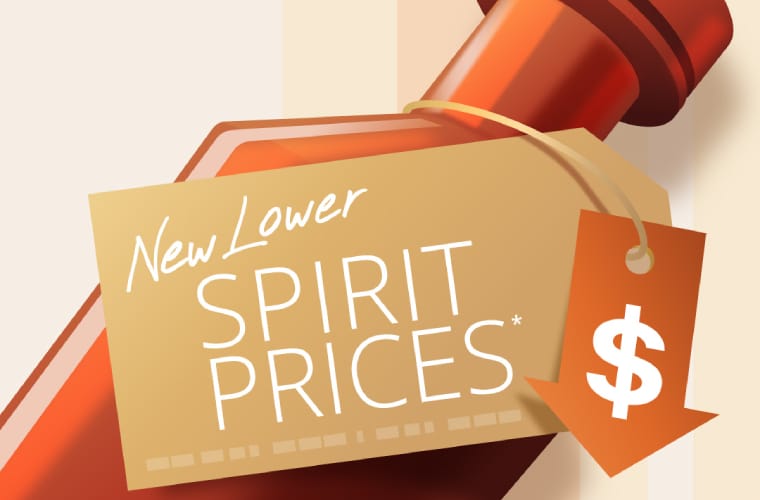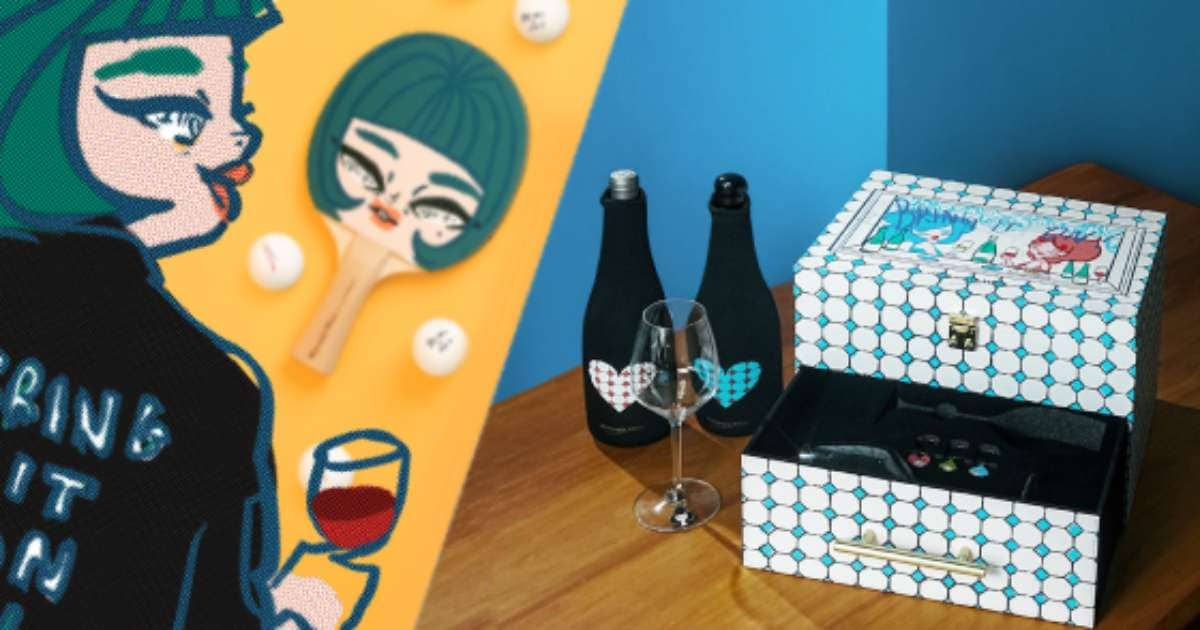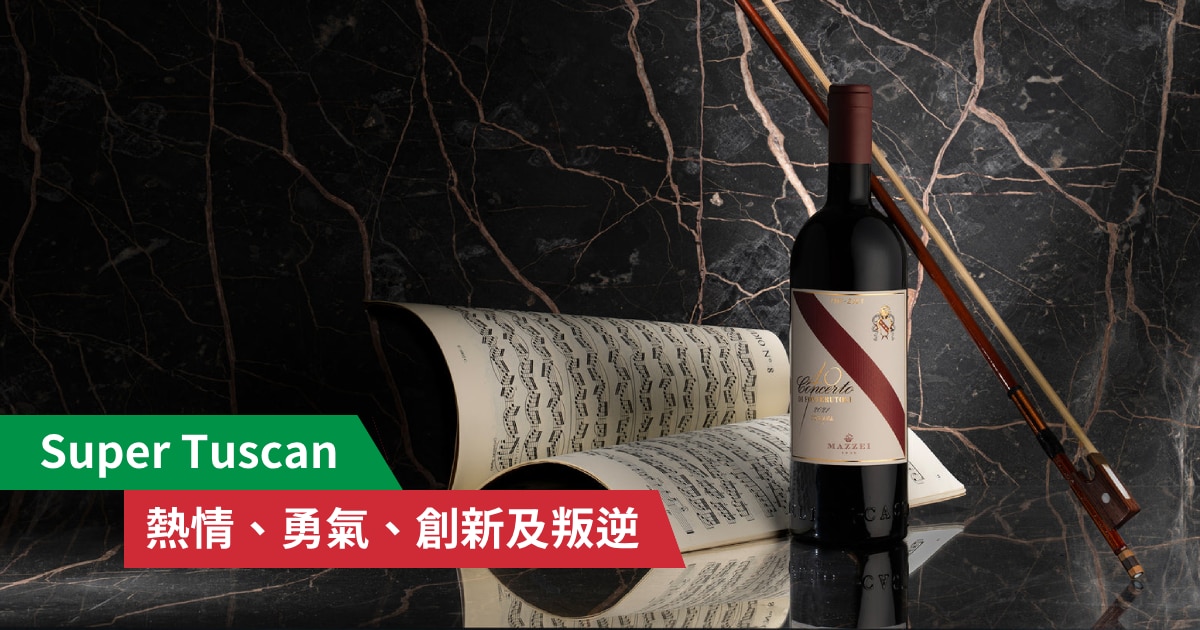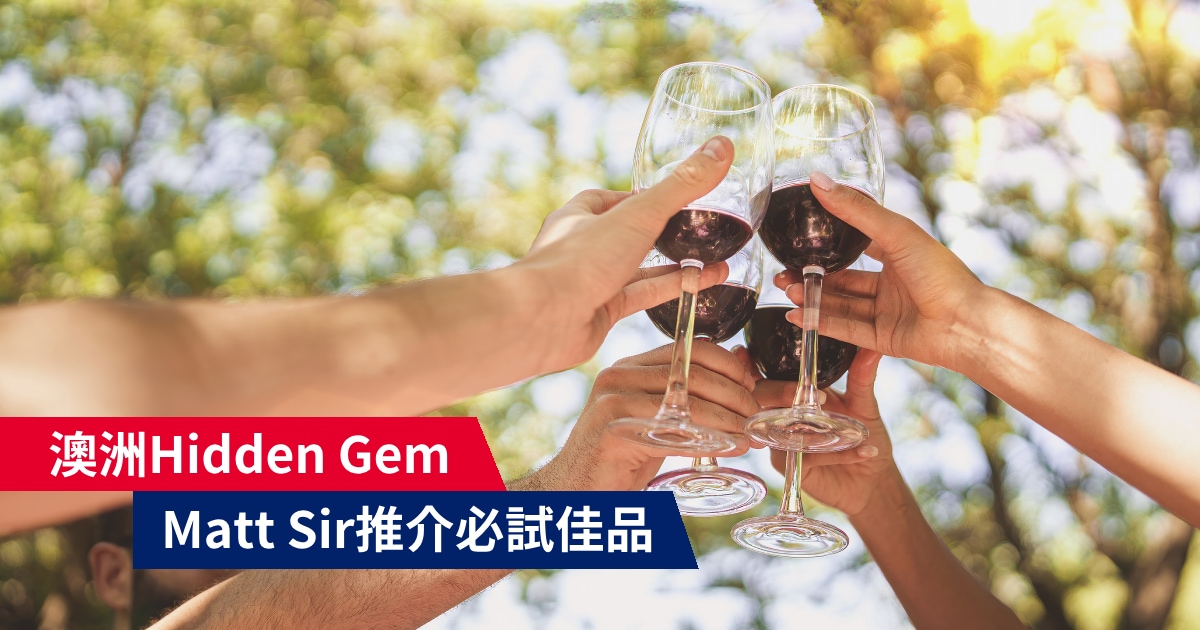| By guest blogger Vincent Yuen 隨意走,尋找甜蜜生活! Instagram @vincent.ms.yuen |
Vincent Yuen is an Italian wine book author and a freelance editor. He holds a WSET Diploma, Italian Wine Ambassador, Certified Italian Wine Educator, Italian Wine Scholar, Sud de France Master-Level Certificate and SSI International Kikisake-shi qualifications. With extensive experience in wine education, he believes both rationality and sensibility are essential to tasting. In addition to wine tasting, he is also the official olive oil taster of O.N.A.O.O (Organizzazione Nazionale Assaggiatori Olio di Oliva), a Olive Oil Sommelier, and a member of Chaine des Rotisseurs.
The English version is a translation of the original in Chinese for information purposes only. I still remember those days when I was young and naive, wandering aimlessly in a wine shop, unsure of which wine to pick. The shop assistant recommended a bottle, calling it a “Super Tuscan,” but didn’t elaborate further, so I didn’t think much of it. Later on, as I delved deeper into the world of wine, I realized that Super Tuscans had revolutionized the entire Italian wine industry—they were a significant milestone.
Wine Classification Systems
The tale of Super Tuscans traces back to 1964.
At that time, the Italian government, inspired by France’s AOC wine classification system, established the Denominazione di Origine Controllata (DOC) system, categorizing wines into three levels. Vino da Tavola (VdT) is the most basic level of Italian wine. Denominazione di Origine Controllata (DOC) represents the intermediate level. Denominazione di Origine Controllata e Garantita (DOCG) is the highest level.
In essence, the DOC system is an appellation certification. DOC wines originate from designated areas, using specified grape varieties, following prescribed cultivation, winemaking, and aging methods. DOCG wines meet even stricter criteria. VdT wines lack any origin certification—they can use any grapes from any country or region, produced by any method, and are typically bulk wines. The DOC system aimed to protect the reputation of wine regions, ensure consistent styles within regions, and prevent inferior wines from being passed off as higher-quality ones—for instance, stopping wines from Sicily from being labeled and sold as Chianti Classico.
Passion and Courage
Italians have always been spirited, unwilling to be bound by societal constraints—especially those from Tuscany. It’s no wonder that Florence and Pisa became centers of the Renaissance.
In the post-war era, with material shortages, Marchese Mario Incisa della Rocchetta, a lover of Bordeaux wines, planted his favorite Bordeaux grapes (Cabernet Sauvignon and Cabernet Franc) in the Bolgheri region in 1948. He produced uniquely styled wines for personal consumption. Later, encouraged by his son and nephew, Marchese Piero Antinori (owner of the Antinori winery), he released the wine commercially in 1968, naming it Sassicaia. Because Bolgheri wasn’t a recognized appellation, it could only be sold as VdT. However, its exceptional quality quickly caught the attention of the Tuscan wine community.

Innovation and Rebellion
At the time, Italian wine was best known for Chianti Classico, but its image and quality were lacking. When the Chianti Classico DOC was established, it adopted Barone Bettino Ricasoli’s 1872 formula: predominantly Sangiovese blended with Canaiolo and at least 10% white grapes. This unusual blend originated because, in the past, viticulture and winemaking techniques were less advanced, and adding white grapes reduced the tannins of Sangiovese. As techniques improved, this advantage turned into a drawback.
Piero Antinori realized that reform was essential to compete on the international stage. He introduced advanced vineyard management and cultivation practices and was among the first to age wines in French oak barriques.
In 1975, Antinori launched Tignanello, a red wine blending Sangiovese with Cabernet Sauvignon and Cabernet Franc, completely omitting white grapes. This challenged the existing DOC regulations, but the authorities rejected it, relegating it to VdT status. Undeterred, Antinori released Solaia, primarily composed of Cabernet Sauvignon with Sangiovese, also as VdT. Both wines achieved enormous market success.

During this era, Chianti Classico winery Montevertine produced a 100% Sangiovese wine. Despite being downgraded by authorities, it garnered significant market acclaim. When Sassicaia outshone French classics at a British wine exhibition, these Tuscan wines—classified at the lowest level—began to captivate the international market.
In the 1980s, inspired by the triumphs of their predecessors, young winemakers boldly introduced new ideas, crafting high-quality VdT wines like Ornellaia and Masseto, as well as Concerto di Fonterutoli and Siepi from Castello di Fonterutoli. The market saw more 100% Sangiovese wines and blends with various grape varieties. Wineries even collaborated—for example, the cult classic 50&50, a partnership between Avignonesi and Capannelle (combining 50% Merlot from Avignonesi with 50% Sangiovese from Capannelle, with the wineries taking turns in winemaking).
A New Chapter
British and American wine merchants dubbed these VdT wines “Super Tuscans” to signify their superior quality surpassing traditional DOCG levels. With the merchants’ promotion, Super Tuscans soared in popularity, commanding prices even higher than traditional regional wines—much to the chagrin of the authorities. In 1992, the Italian government introduced the highly flexible Indicazione Geografica Tipica (IGT) classification to manage these wines. However, the market still preferred to call them Super Tuscans.

Super Tuscans not only symbolize exceptional quality, innovation, and uniqueness but also catalyzed reform and progress in Tuscany and other Italian wine regions. For instance, Chianti Classico banned the use of white grapes in blends in 2006, and new appellations like Bolgheri DOC emerged.
These wines showcased the limitless possibilities in winemaking, becoming synonymous with quality and innovation, leaving a profound impact on the Italian wine industry.
Mazzei Castello di Fonterutoli Concerto di Fonterutoli 2021
The Mazzei family has been crafting wines in Chianti Classico since the 15th century. Recognizing the need for change, much like Antinori, they embarked on new experiments with innovative cultivation methods and grape varieties.
1981 marked the inaugural vintage of Concerto di Fonterutoli, making it one of the earliest Super Tuscans. Celebrating its 40th anniversary in 2021, the wine sources grapes from the Fonterutoli and Siepi vineyards, blending 80% Sangiovese with 20% Cabernet Sauvignon. It undergoes 18 months of aging in French oak barrels and medium-sized casks.

With a deep ruby hue, the wine offers aromas of violet, tobacco, black cherry, fig, blackberry, plum, earth, and a hint of leather. Its lively acidity and soft, mature tannins with a chalky texture create a harmonious balance. On the palate, you’ll discover notes of black pepper, clove, nutmeg, smoke, chocolate, cedar, gradually unveiling hints of green pepper. The structure is elegant, and the mouthfeel is warm and robust.
Subsequently, Mazzei separately vinified Sangiovese and Merlot from the Siepi vineyard, creating another Super Tuscan classic named after the vineyard: Siepi.
If you’re exploring Italian wines, diving into the world of Super Tuscans is an adventure worth embarking on. Their stories of passion and rebellion aren’t just tales of wine—they’re narratives of human creativity and the relentless pursuit of perfection.



 Same Day Pick-up
Same Day Pick-up























